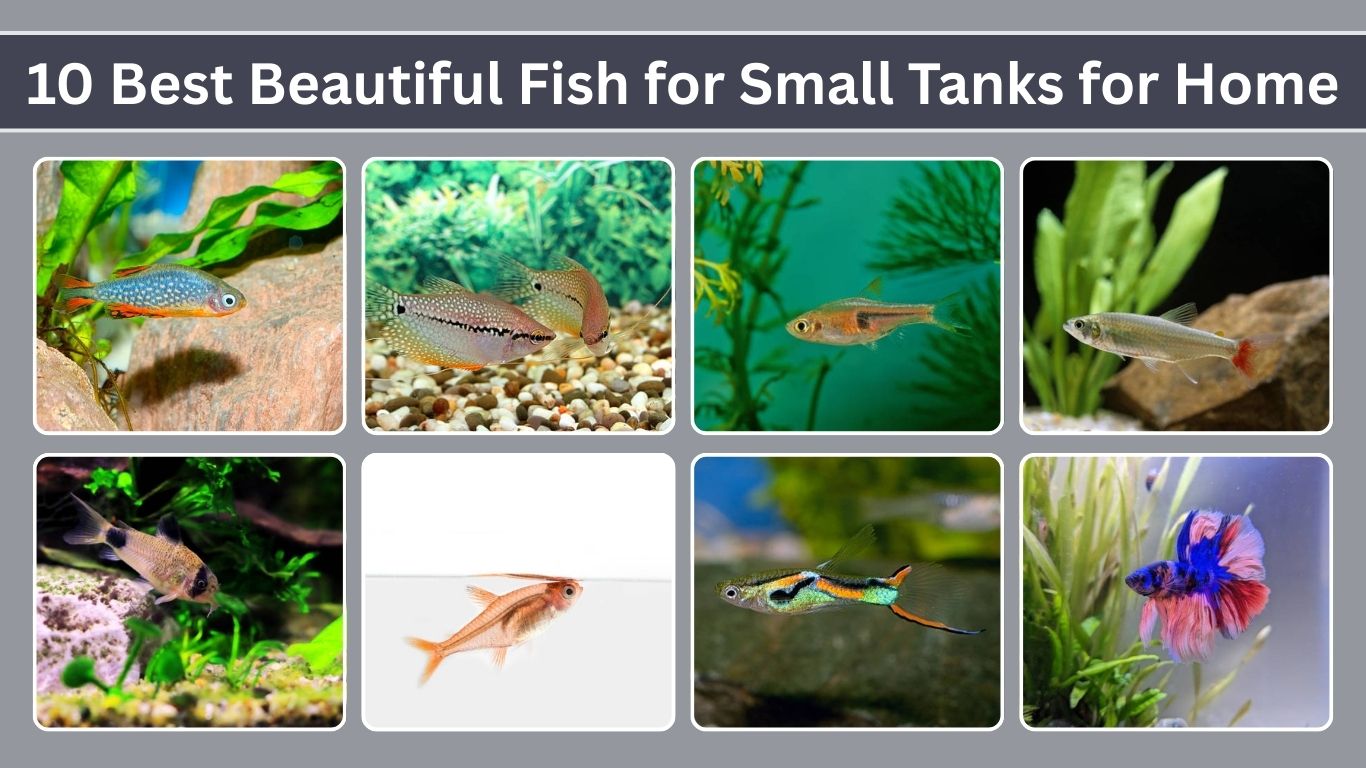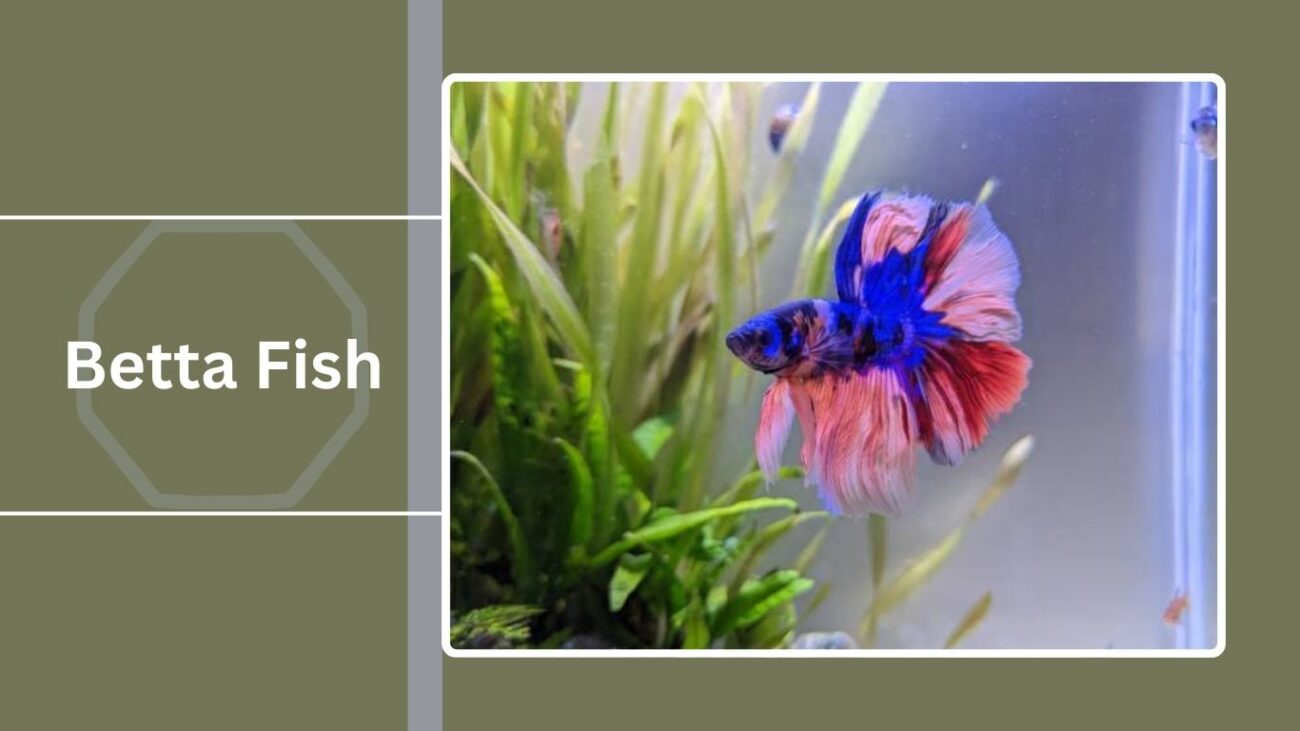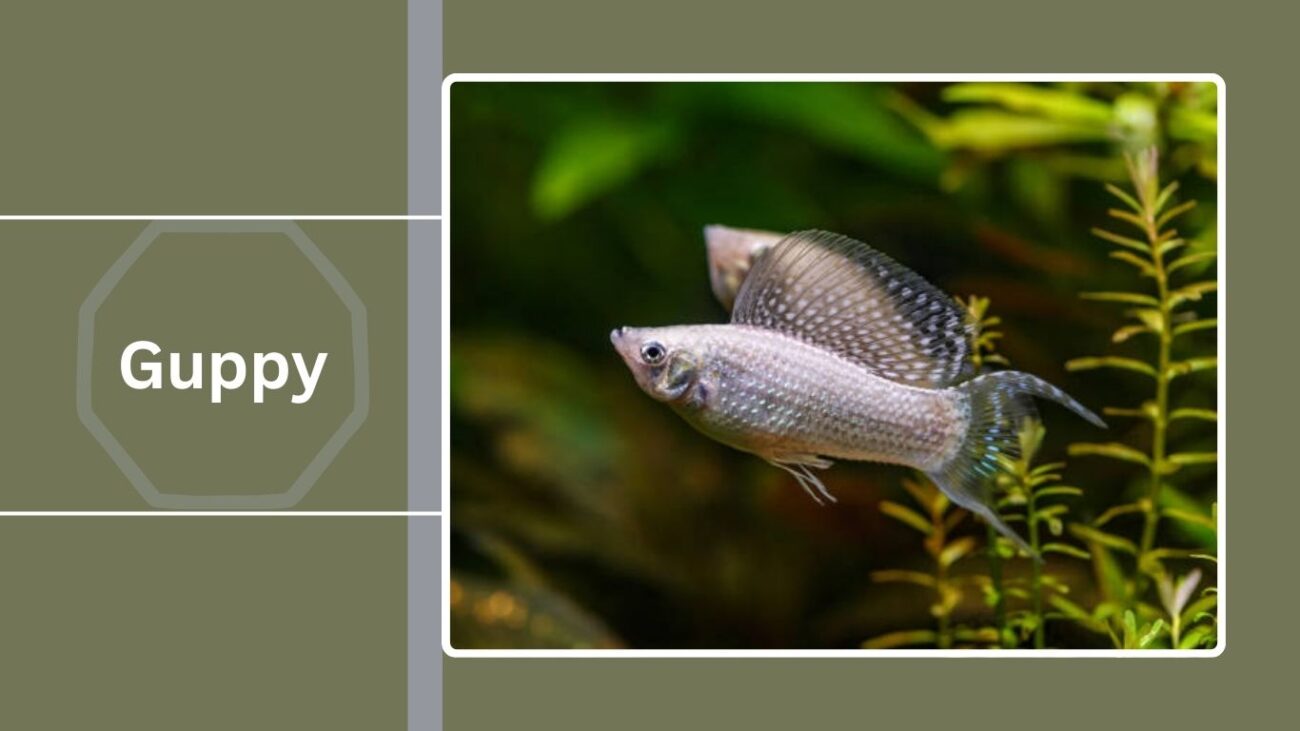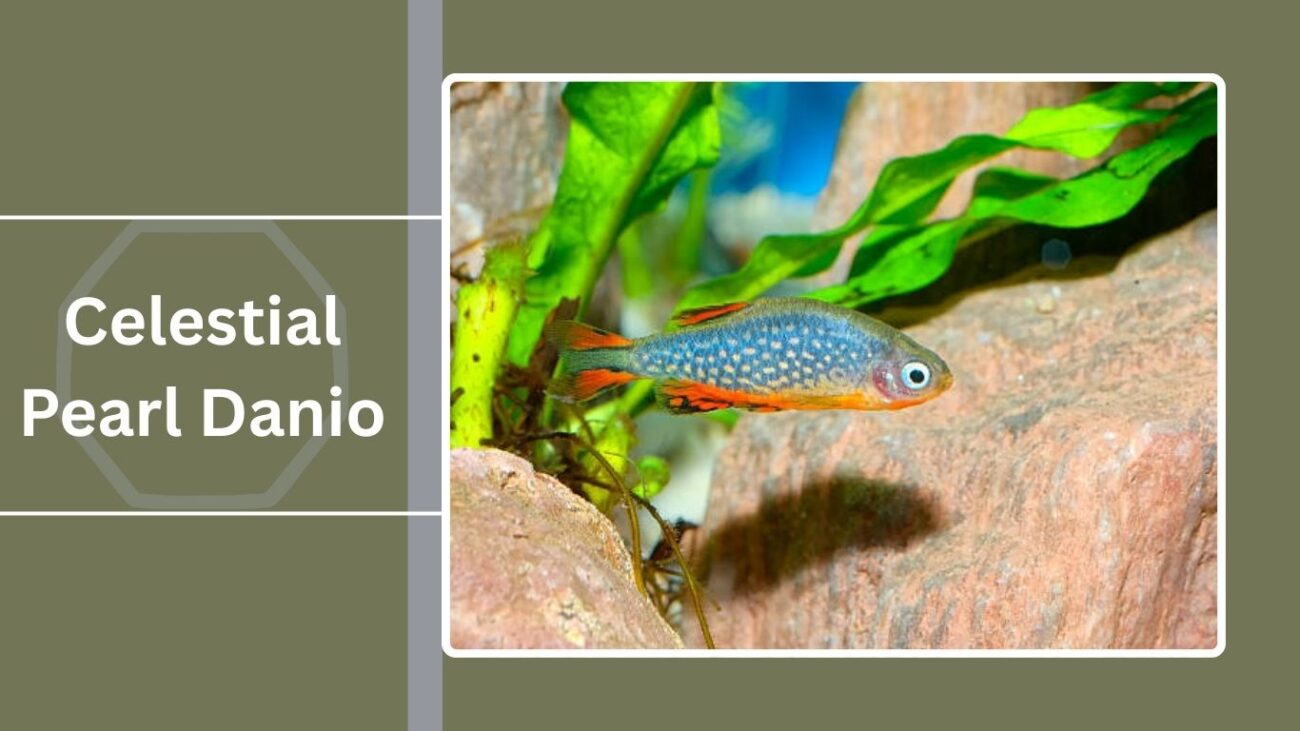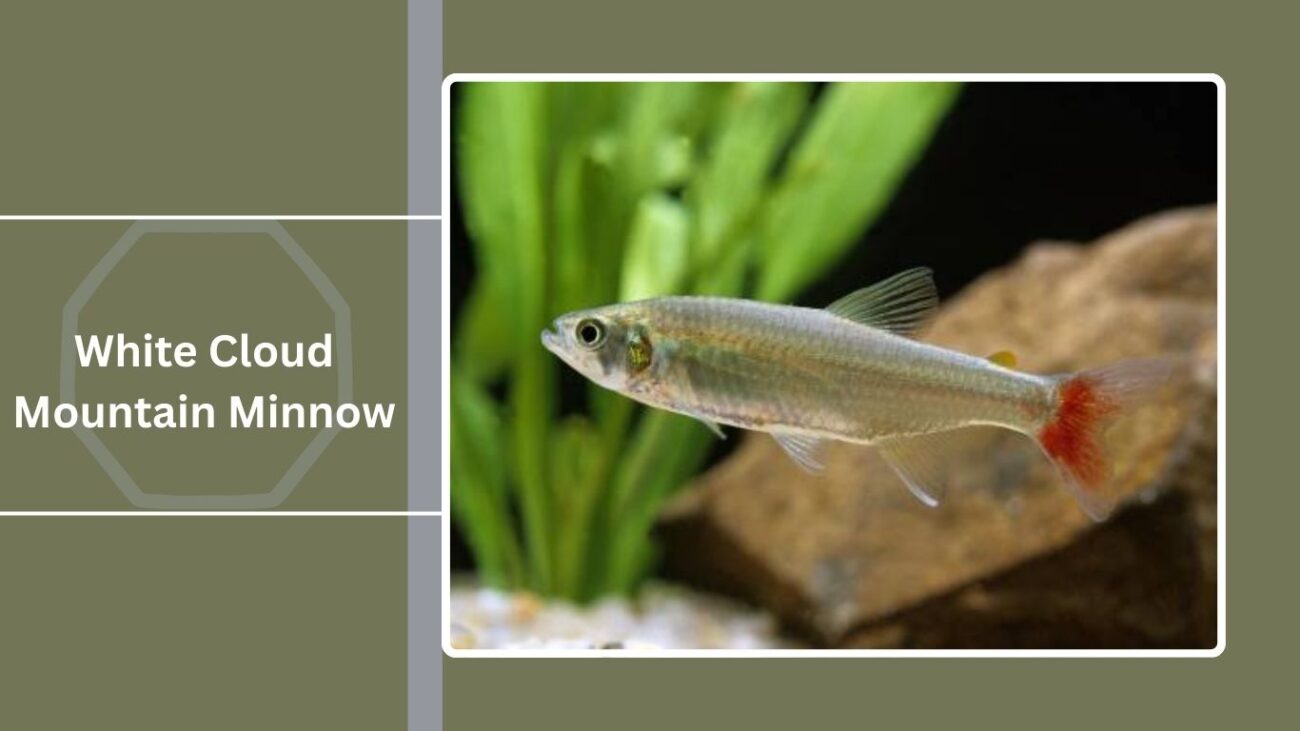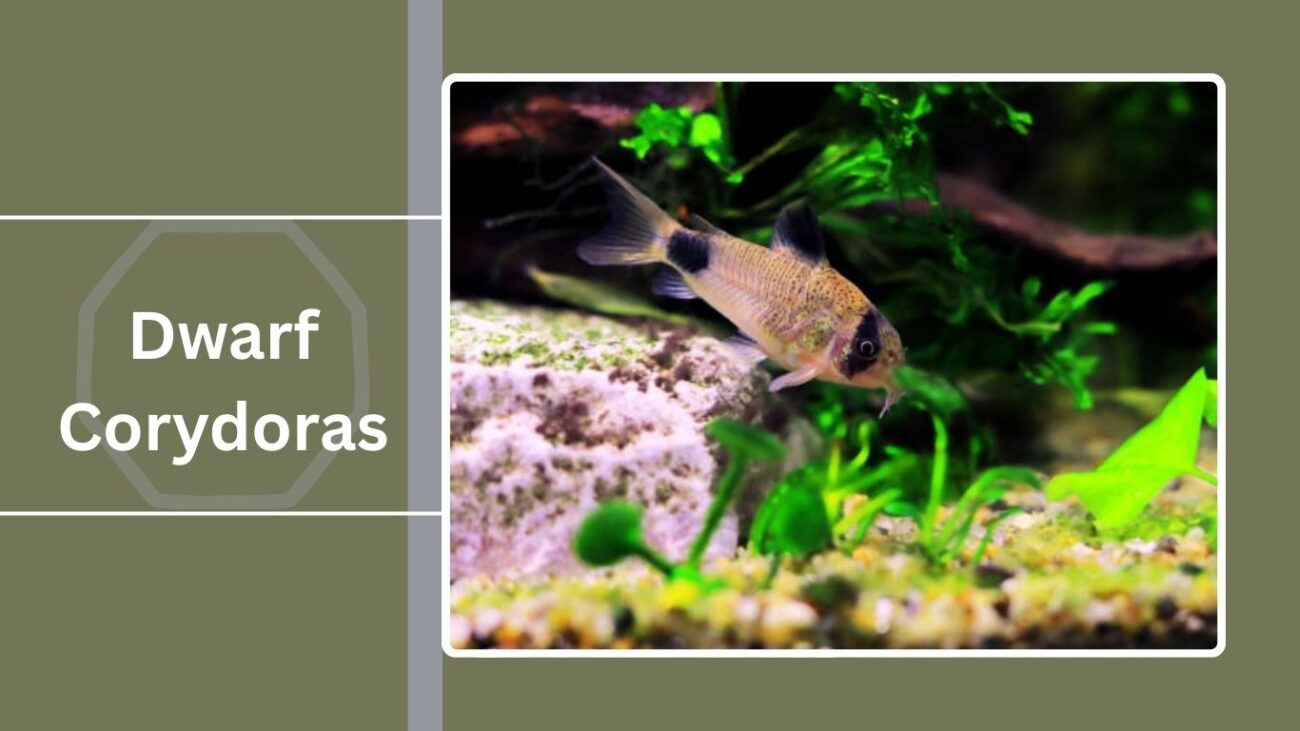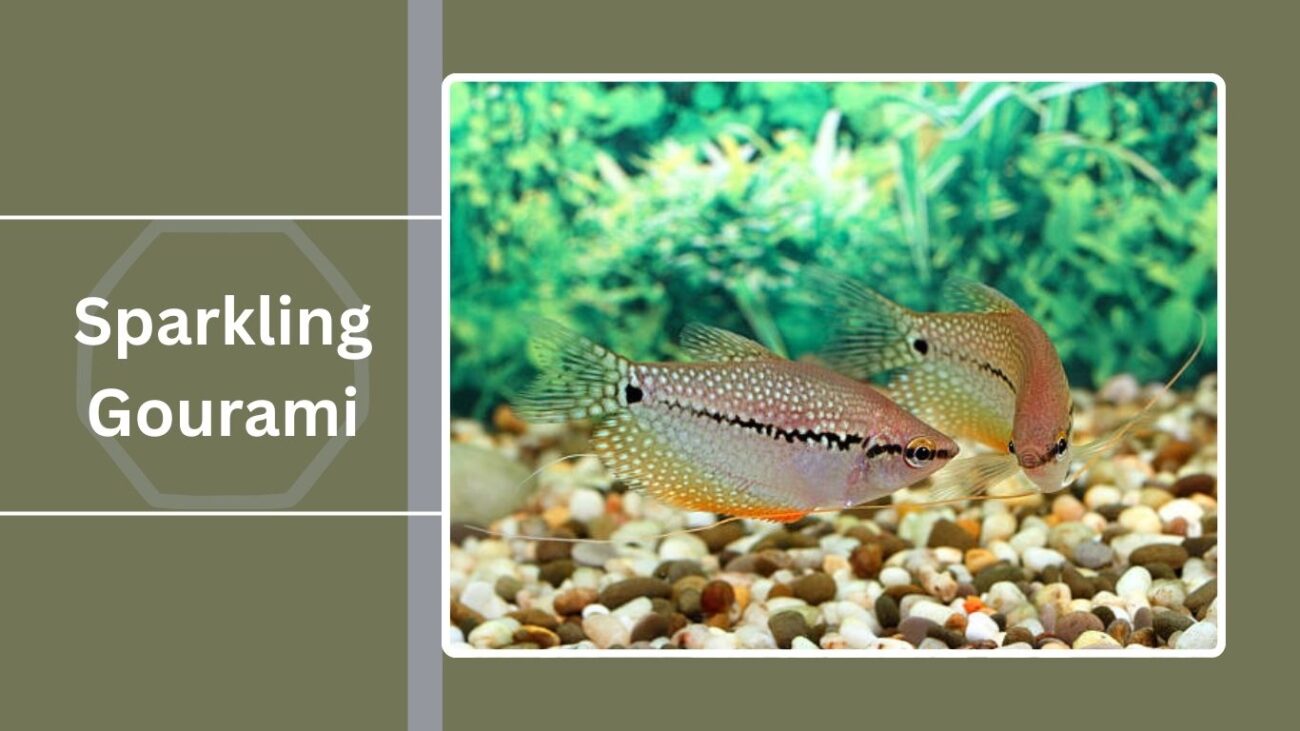Small aquariums can be just as vibrant and lively as larger setups when filled with the right species. Choosing fish that stay small, adapt easily, and thrive in compact spaces ensures a healthy and visually appealing tank. This guide highlights ten of the best fish for small tanks—each selected for their beauty, hardiness, and compatibility with smaller environments. Perfect for beginners and experienced aquarists alike, these species bring color, activity, and charm to limited spaces.
1. Betta Fish
A striking and hardy freshwater species, Betta Fish are admired for their flowing fins and vibrant colors. They are often called “Siamese Fighting Fish” and are well-suited for small aquariums due to their ability to breathe air directly from the surface using a labyrinth organ.
Identification
- Scientific name: Betta splendens
- Size: 2.5–3 inches (6–7.5 cm)
- Lifespan: 3–5 years
- Color: Wide range—red, blue, white, yellow, multicolor varieties
- Origin: Southeast Asia (Thailand, Cambodia, Vietnam)
Why It’s Best for Small Tanks
Bettas thrive in tanks as small as 5 gallons, requiring no air pump due to their labyrinth breathing. Their stunning appearance and ease of care make them a top choice for compact setups.
Behavior
Males are territorial and should be kept alone or with carefully chosen tank mates. Females are less aggressive and can live in groups known as “sororities.”
Tank Requirements
A 5–10 gallon tank with a gentle filter and heater is ideal. Bettas prefer warm water between 76–82°F (24–28°C) with hiding spots and low water flow.
Feeding Habits
They are carnivorous, thriving on high-quality betta pellets, frozen bloodworms, brine shrimp, and daphnia. A protein-rich diet enhances their color and vitality.
2. Guppy
Guppies are small, colorful, and extremely popular in home aquariums. Their adaptability, active swimming, and endless variety of tail shapes and colors make them a joy to keep, especially in small tanks.
Identification
- Scientific name: Poecilia reticulata
- Size: 1.5–2.5 inches (4–6 cm)
- Lifespan: 2–3 years
- Color: Wide range—solid, patterned, and multicolored varieties
- Origin: South America and Caribbean islands
Why It’s Best for Small Tanks
Guppies thrive in tanks as small as 5–10 gallons and adjust easily to various water conditions. Their bright colors and easy care make them one of the best beginner-friendly fish.
Behavior
They are peaceful and social, preferring to live in groups. Males often display courtship dances, while females are larger and less vibrant.
Tank Requirements
A minimum of 5 gallons is recommended, with a heater set to 72–82°F (22–28°C). Guppies enjoy planted environments with open swimming spaces.
Feeding Habits
Being omnivores, they thrive on flakes, pellets, and live or frozen foods like brine shrimp and daphnia. A varied diet enhances their colors and health.
3. Endler’s Livebearer
Endler’s Livebearers are close relatives of guppies, admired for their vivid patterns and small size. They are active, hardy, and perfect for nano aquariums.
Identification
- Scientific name: Poecilia wingei
- Size: 1–1.8 inches (2.5–4.5 cm)
- Lifespan: 2–3 years
- Color: Bright orange, green, and metallic shades
- Origin: Northern Venezuela
Why It’s Best for Small Tanks
Their tiny size and low bioload make them ideal for tanks as small as 5 gallons. They are colorful, lively, and easy to care for, making them a great choice for small setups.
Behavior
They are peaceful and social, happiest in groups. Males often chase females but remain non-aggressive toward other species.
Tank Requirements
A 5–10 gallon tank with slightly hard, alkaline water is best. They prefer temperatures between 72–82°F (22–28°C) and benefit from planted environments.
Feeding Habits
Endler’s Livebearers are omnivores, eating flakes, micro-pellets, spirulina, and live or frozen foods like brine shrimp. A mixed diet enhances their colors and activity.
4. Neon Tetra
Neon Tetras are among the most iconic aquarium fish, loved for their striking blue and red stripes. Small, peaceful, and hardy, they are excellent for small community tanks.
Identification
- Scientific name: Paracheirodon innesi
- Size: 1.2–1.5 inches (3–4 cm)
- Lifespan: 5–10 years
- Color: Iridescent blue body with a vivid red stripe
- Origin: Amazon Basin, South America
Why It’s Best for Small Tanks
They thrive in tanks as small as 10 gallons, bringing vibrant color and harmony. Their small size and low waste output make them manageable for compact aquariums.
Behavior
Schooling by nature, they are happiest in groups of six or more. They are calm, peaceful, and coexist well with other small, gentle species.
Tank Requirements
A 10-gallon tank with soft, slightly acidic water (70–81°F / 21–27°C) is ideal. A planted setup with dim lighting resembles their natural Amazon habitat.
Feeding Habits
Neon Tetras eat flakes, micro-pellets, frozen daphnia, and live brine shrimp. A balanced diet enhances their colors and health.
5. Ember Tetra
Tiny but brilliantly colored, Ember Tetras glow like living sparks in an aquarium. Their peaceful nature and schooling behavior make them especially popular in nano aquascapes.
Identification
- Scientific name: Hyphessobrycon amandae
- Size: 0.6–0.8 inches (1.5–2 cm)
- Lifespan: 2–4 years
- Color: Bright orange to reddish body with translucent fins
- Origin: Central Brazil (Araguaia River Basin)
Why It’s Best for Small Tanks
They are perfect for nano tanks as small as 5 gallons. Their fiery glow contrasts beautifully with green plants, making them a highlight in planted aquariums.
Behavior
They are peaceful shoaling fish that thrive in groups of 8–10 or more. Active yet calm, they add gentle movement without disturbing other species.
Tank Requirements
A 5–10 gallon tank with soft, slightly acidic water (73–84°F / 23–29°C) is best. Dense plants, driftwood, and gentle lighting suit them perfectly.
Feeding Habits
Ember Tetras eat crushed flakes, micro-pellets, and tiny live or frozen foods like baby brine shrimp. A diverse diet enhances their glowing coloration.
6. Chili Rasbora
One of the smallest aquarium fish, Chili Rasboras glow bright red and add a striking contrast to planted tanks. Despite their tiny size, they are hardy, peaceful, and thrive in groups.
Identification
- Scientific name: Boraras brigittae
- Size: 0.6–0.8 inches (1.5–2 cm)
- Lifespan: 4–6 years
- Color: Vivid red body with a dark stripe along the flank
- Origin: Borneo, Indonesia
Why It’s Best for Small Tanks
Their tiny size allows them to live comfortably in tanks as small as 5 gallons. They bring vibrant color to nano aquariums and mix well with other peaceful micro fish.
Behavior
They are shy when alone but active and confident in groups of 10 or more. Their calm schooling adds beauty without disturbing tank mates.
Tank Requirements
A 5–10 gallon tank with soft, slightly acidic water (72–82°F / 22–28°C) is ideal. Dense planting and shaded areas mimic their natural environment.
Feeding Habits
Due to their tiny mouths, they require micro foods like powdered flakes, infusoria, microworms, and baby brine shrimp. A varied diet enhances their vibrant red color.
7. Celestial Pearl Danio
Also called Galaxy Rasbora, Celestial Pearl Danios are admired for their starry, pearl-like spots and bright fins. Their beauty and small size make them a prized choice for nano aquariums.
Identification
- Scientific name: Danio margaritatus
- Size: 0.8–1 inch (2–2.5 cm)
- Lifespan: 3–5 years
- Color: Deep blue body with white pearl-like spots and orange fins
- Origin: Myanmar, Southeast Asia
Why It’s Best for Small Tanks
They are perfect for 10-gallon aquariums, offering dazzling beauty without needing large space. Their delicate, starry look stands out in aquascaped tanks.
Behavior
Peaceful but slightly shy, they become more active and colorful when kept in groups of 6 or more. Males often display courtship dances with brighter colors.
Tank Requirements
They thrive in tanks with dense plants, hiding spots, and subdued lighting. Water should be 72–79°F (22–26°C), soft to neutral.
Feeding Habits
They enjoy micro-pellets, crushed flakes, and small live or frozen foods like daphnia and baby brine shrimp. Frequent small feedings bring out their colors.
8. White Cloud Mountain Minnow
A hardy, cool-water fish, White Cloud Mountain Minnows are often called the “poor man’s Neon Tetra.” They shimmer beautifully and are perfect for small, unheated aquariums.
Identification
- Scientific name: Tanichthys albonubes
- Size: 1.5 inches (4 cm)
- Lifespan: 3–5 years
- Color: Silver-green body with iridescent shine and red-tipped fins
- Origin: White Cloud Mountain, China
Why It’s Best for Small Tanks
They tolerate cooler temperatures, making them suitable for tanks without heaters. Their resilience and sparkling colors make them great for beginners.
Behavior
They are active schooling fish, happiest in groups of 6 or more. Their synchronized swimming creates a lively display.
Tank Requirements
A 10-gallon tank with clean, well-oxygenated water (60–72°F / 16–22°C) suits them well. Both planted and simple setups are suitable.
Feeding Habits
Omnivorous, they accept flakes, micro-pellets, frozen daphnia, and live mosquito larvae. A mixed diet enhances their natural sheen.
9. Dwarf Corydoras
Dwarf Corydoras are tiny bottom-dwellers that bring playful activity to small tanks. They are peaceful, sociable, and help keep the substrate clean.
Identification
- Scientific names: Corydoras pygmaeus, Corydoras hastatus, Corydoras habrosus
- Size: 1–1.2 inches (2.5–3 cm)
- Lifespan: 3–4 years
- Color: Pale silver-gray with dark stripes or spots (varies by species)
- Origin: South America (Amazon Basin and surrounding rivers)
Why It’s Best for Small Tanks
Their tiny size and gentle nature make them ideal for tanks as small as 10 gallons. They add bottom-level activity and are excellent for community setups.
Behavior
They are schooling catfish, happiest in groups of 6 or more. They often dart around playfully and are known for their “winking” eye movement.
Tank Requirements
A sandy substrate is essential to protect their barbels. They thrive in soft, clean water at 72–79°F (22–26°C) with hiding spots and gentle filtration.
Feeding Habits
They eat sinking pellets, algae wafers, and occasional live or frozen foods like bloodworms. Dedicated feeding is needed as they cannot survive on leftovers alone.
10. Sparkling Gourami
A tiny labyrinth fish, Sparkling Gouramis are admired for their iridescent colors and ability to produce faint croaking sounds. They are peaceful, unique, and ideal for nano aquariums.
Identification
- Scientific name: Trichopsis pumila
- Size: 1.2–1.6 inches (3–4 cm)
- Lifespan: 4–5 years
- Color: Brownish body with blue-green iridescent spots and red-tinted fins
- Origin: Southeast Asia (Thailand, Cambodia, Vietnam, Laos)
Why It’s Best for Small Tanks
They thrive in 5–10 gallon aquariums and don’t require strong water flow. Their shimmering colors and unusual croaking make them stand out in small setups.
Behavior
They are shy but peaceful, best kept with other gentle fish. Sparkling Gouramis can breathe air directly from the surface thanks to their labyrinth organ.
Tank Requirements
They prefer planted tanks with soft, slightly acidic water at 77–82°F (25–28°C). Low flow and dim lighting replicate their natural habitat.
Feeding Habits
Carnivorous by nature, they enjoy high-quality micro-pellets, frozen bloodworms, brine shrimp, and daphnia. A protein-rich diet keeps them active and glowing.

